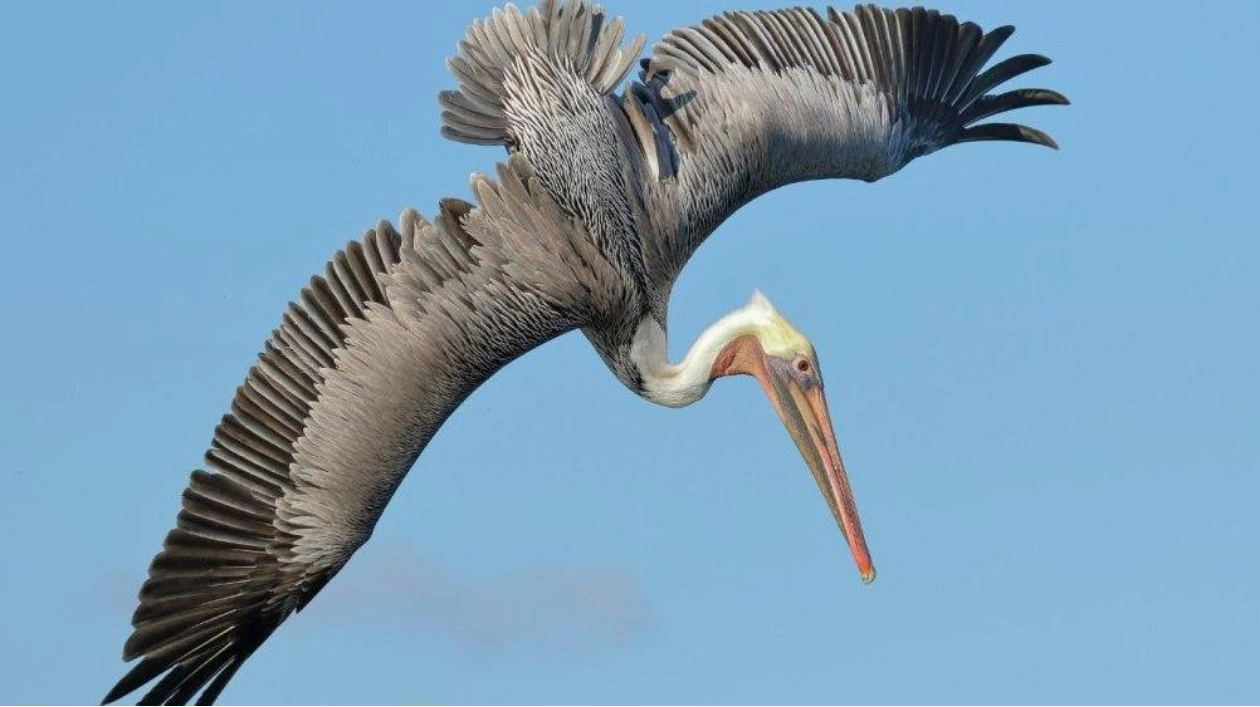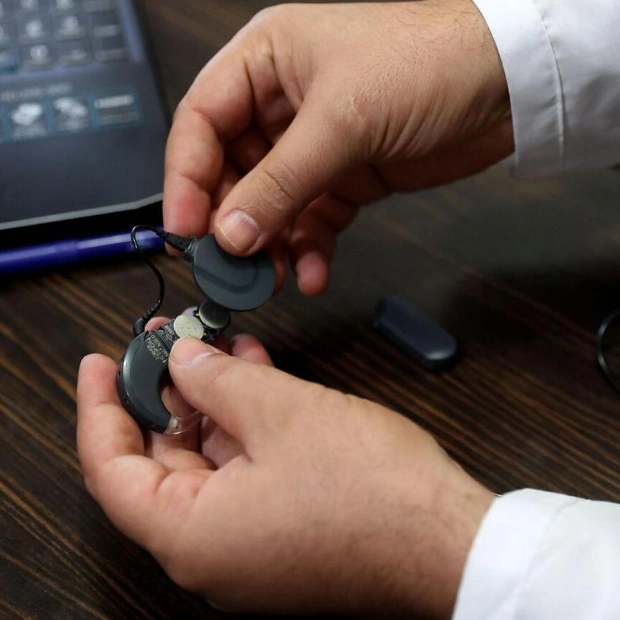Aviation could soon see a new innovation inspired by bird wings. Birds have overlapping rows of feathery tufts on their wings, known as “covert feathers,” which aid in maneuvering through the air. These feathers could also enhance aircraft performance. Researchers suggest that lining aircraft wings with lightweight flaps that mimic covert feathers can boost lift, reduce drag, and prevent stall. Their findings were published on October 28 in the Proceedings of the National Academy of Sciences.
Current aircraft already use flaps and spoilers on their wings. However, the bioinspired flaps differ as they deploy passively when the wings encounter airflow at a high angle, known as a high angle of attack. “They’re not controlled by motors or hydraulic actuators,” explains engineer Aimy Wissa of Princeton University. “They’re distributed across the entire wing, not just at the front or back.”
Wind tunnel experiments conducted by Wissa and her team revealed that multiple rows of flaps significantly affected airflow around airfoils. Flaps placed near the front of an airfoil helped maintain airflow closer to the wing, improving lift and reducing drag. The addition of more rows of flaps amplified this effect. Additionally, a single row of flaps near the rear of an airfoil prevented high-pressure air from moving towards the front of the wing, which is crucial for maintaining low pressure and thus producing lift.
The team found that adding five rows of flaps improved lift by up to 45 percent and reduced drag by 31 percent. Tests with remote-controlled aircraft further demonstrated that the flaps mitigated stall, expanding the craft’s angle-of-attack range by 9 percent and enhancing flight stability. This increased range could be particularly beneficial during turbulent flights or short runway landings, allowing for safer maneuvers.
Source link: https://www.sciencenews.org






